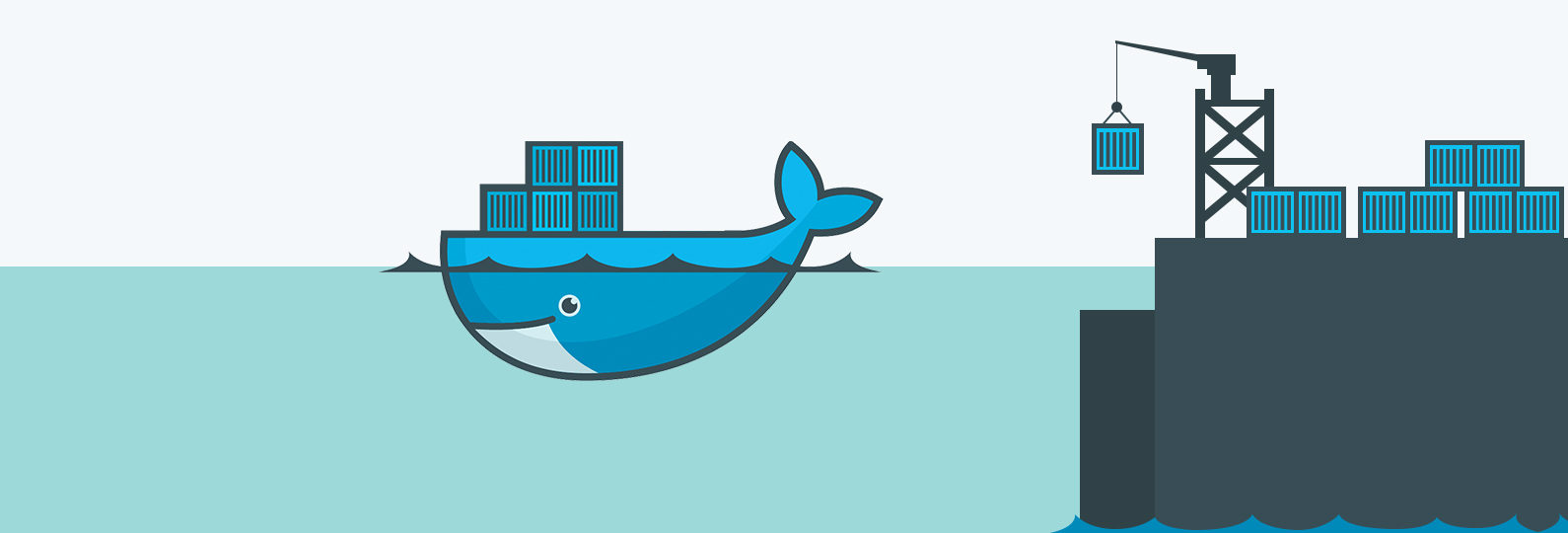
What is AWS IAM?
A foundational guide to AWS Identity and Access Management (IAM). Learn about the core components of IAM—users, groups, roles, and policies—and how they work together to securely control access to your AWS resources.
Read more
A foundational guide to AWS Identity and Access Management (IAM). Learn about the core components of IAM—users, groups, roles, and policies—and how they work together to securely control access to your AWS resources.
Read more
A look back at the defining technology trends of 2021. From the unification of .NET with .NET 6 to the dominance of GitHub Actions and the rise of serverless containers, we review a year defined by the maturation of development platforms.
Read more
An introduction to the new global using directives feature in C# 10. Learn how this feature can help you reduce repetitive using statements and clean up the top of your C# files.
Read more
An introduction to AWS CloudTrail, the service that provides a complete audit trail of all actions and API calls made in your AWS account. Learn why it's a fundamental tool for security, compliance, and operational auditing.
Read more
A guide to the common Python idiom if __name__ == '__main__':. Learn what this block of code does, why it's important, and how it allows you to write Python files that can be used as both runnable scripts and importable modules.
Read more
An introduction to the new Minimal APIs feature in .NET 6. Learn how to build fast, lightweight web APIs with just a few lines of code, and see how it compares to the traditional controller-based approach.
Read more
An overview of the final release of .NET 6, a Long-Term Support (LTS) release packed with performance improvements, new features like Minimal APIs and Hot Reload, and the official launch of .NET MAUI.
Read more
A summary of the most important best practices for writing asynchronous code in C# with async and await. Learn how to avoid common pitfalls like deadlocks and how to write clean, efficient async code.
Read more
A guide to type hints in Python. Learn what type hints are, how to use them to annotate your code, and how they can help you write more robust and maintainable programs with the help of static analysis tools.
Read more
A developer's guide to the AWS Cloud Development Kit (CDK). Learn how you can use familiar programming languages like TypeScript and Python to define your cloud infrastructure and provision it through AWS CloudFormation.
Read more
An early look at the exciting new features coming in .NET 6 and C# 10. From Minimal APIs and Hot Reload to global usings and file-scoped namespaces, we explore the next evolution of the .NET platform.
Read more
A guide to the ValueTask<T> struct in C#. Learn how it can be used as a lightweight alternative to Task<T> to improve performance and reduce allocations in high-throughput, asynchronous scenarios.
Read more
An introduction to Amazon Elastic Container Registry (ECR), AWS's fully managed container registry service. Learn how ECR provides a secure and reliable place to store, manage, and deploy your Docker container images.
Read more
An introduction to Pydantic, the powerful data validation and settings management library for Python. Learn how to use Python type hints to define data models that automatically parse and validate your data.
Read more
An introduction to one of the biggest new features in Python 3.10: structural pattern matching. Learn how to use the new match/case statement to write cleaner, more expressive conditional logic.
Read more
A foundational guide to interfaces in C#. Learn what an interface is, how it differs from a class, and why interfaces are a crucial tool for building flexible, loosely coupled, and testable applications.
Read more
A conceptual guide to Object-Relational Mapping (ORM). Learn what an ORM is, the problem it solves (the object-relational impedance mismatch), and how it allows you to work with databases using the objects and classes of your favorite programming language.
Read more
A guide to the newly released AWS Lambda Powertools for .NET. Learn how this suite of utilities can help you implement serverless best practices for structured logging, custom metrics, and distributed tracing.
Read more
A beginner's guide to AWS CloudFormation, the native Infrastructure as Code (IaC) service for AWS. Learn how to define your AWS infrastructure in a declarative template to automate and standardize your deployments.
Read more
A guide to attributes in C#, a powerful mechanism for adding declarative metadata to your code. Learn how attributes work and see common examples from data validation to testing frameworks.
Read more
An introduction to Blazor WebAssembly, the revolutionary .NET framework for building interactive, client-side web UIs with C#. Learn how it works and how it compares to the server-side Blazor hosting model.
Read more
An introduction to NuGet, the package manager for .NET. Learn what NuGet is, how it helps you manage dependencies, and how to use it to add third-party libraries to your .NET projects.
Read more
A practical guide to the assignment expression operator (:=), also known as the walrus operator, introduced in Python 3.8. Learn how it can simplify common coding patterns and make your code more concise.
Read more
An introduction to Amazon EKS (Elastic Kubernetes Service). Learn what EKS is, how it simplifies running Kubernetes on AWS, and understand the core components of the EKS architecture.
Read more
A conceptual guide to Infrastructure as Code (IaC). Learn how IaC allows you to manage and provision your IT infrastructure through code instead of manual processes, and understand its key benefits.
Read more
An introduction to C# 9's top-level statements feature, which allows you to write simple programs without the ceremony of a Program class and a Main method. Learn how it simplifies code and makes C# more beginner-friendly.
Read more
A look at the significance of .NET 5, the first major step in Microsoft's journey to unify the .NET ecosystem. Learn about its key goals, performance improvements, and what it means for the future of .NET development.
Read more
An introduction to Amazon Aurora, AWS's cloud-native relational database. Learn how its unique architecture provides the performance and availability of commercial databases at a fraction of the cost.
Read more
An introduction to C# 9 records, a new reference type that provides a simplified syntax for creating immutable data objects. Learn how records can help you reduce boilerplate and write more robust, data-centric code.
Read more
An introduction to pytest, the most popular testing framework for Python. Learn how its simple syntax, powerful fixture model, and rich plugin ecosystem can make writing tests easier and more enjoyable.
Read more
A guide to configuring Nginx to serve Blazor WebAssembly applications alongside API endpoints.
Read more
A quick script to create and mount an EBS (elastic block storage) device to an EC2 instance in sixty seconds or less.
Read more
A quick guide to mounting an AWS S3 bucket as a local directory on your EC2 instance
Read more
A guide to AWS Fargate, the serverless compute engine for containers. Learn how Fargate allows you to run containers on ECS and EKS without managing servers, and understand when to choose Fargate over EC2.
Read more
A quick guide to install and configure AWS CloudWatch on your EC2 instances.
Read more
Understanding and implementing the Docker multi-stage build pattern to create smaller, more efficient Docker images.
Read more
A quick guide to installing Docker on your Amazon Linux 2 EC2 instance
Read more
Take control of your application logs with CloudWatch!
Read more
Troubleshooting MySQL connection string issues with Entity Framework and AWS RDS
Read more
A comparison of two of the most popular data access technologies in the .NET world: the full-featured ORM Entity Framework Core and the high-performance micro-ORM Dapper. Learn about their key differences and when to choose one over the other.
Read more
A beginner's guide to GitHub Actions. Learn the core concepts of workflows, events, jobs, and steps to automate your build, test, and deployment pipelines directly within your GitHub repository.
Read more
A practical guide to AWS Cost Explorer, the tool that lets you visualize, understand, and manage your AWS costs and usage over time. Learn how to use its reports and filters to identify cost drivers and find savings.
Read more
An introduction to Python's modern `pathlib` module. Learn how to use its object-oriented approach to handle filesystem paths in a way that is simpler, more readable, and less error-prone than the traditional `os.path`.
Read more
A deep dive into the major features introduced in C# 9 with .NET 5, including records, top-level statements, and improved pattern matching. Learn how these additions can make your code more concise and expressive.
Read more